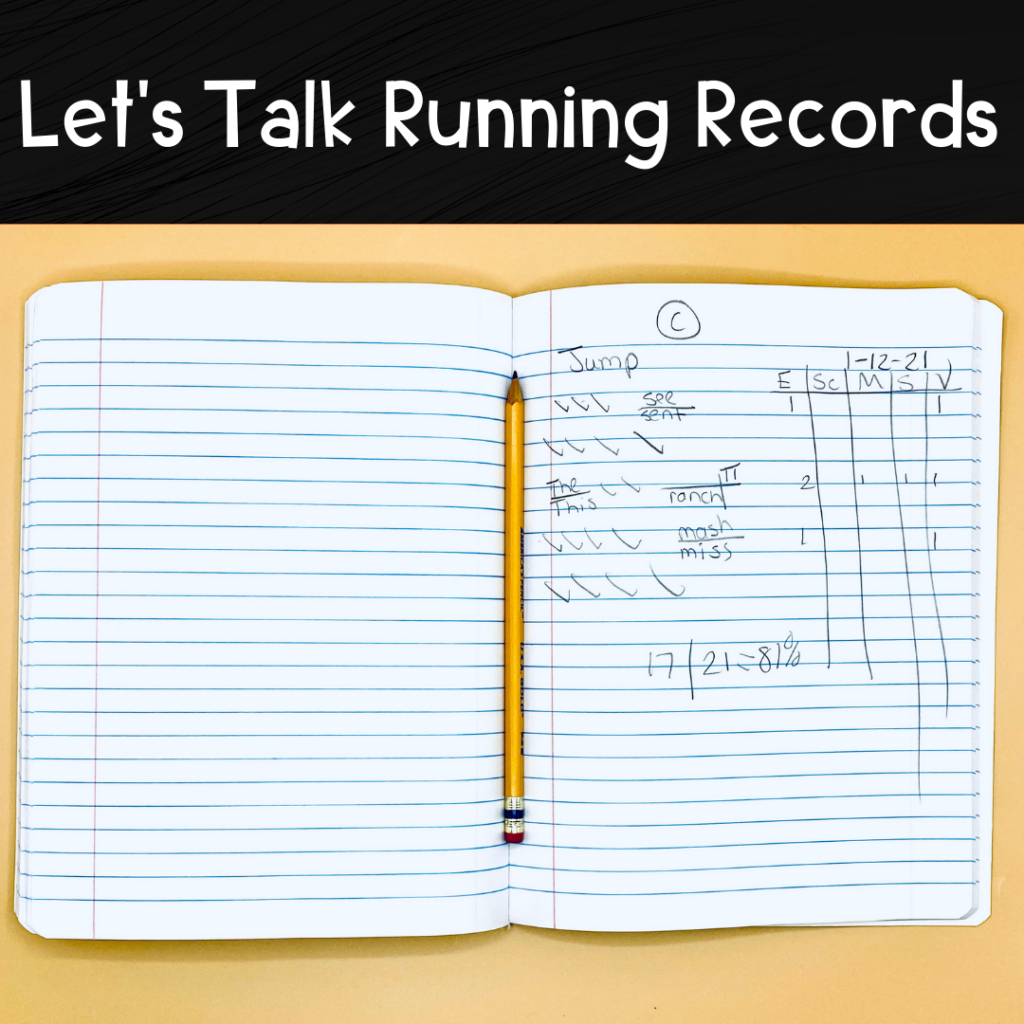
- Phonics, Resources
I ve talked a lot about word chains but realized I ve never dug deeply into why they are important and very explicitly explain the steps to take nbsp So today I m diving deep into why and how without extra fluff nbsp Look I m even keeping the intro short so this doesn t become one of those recipe










